DOE to fund research to reduce costs of high-voltage direct current (HVDC) transmission
Green Car Congress
AUGUST 31, 2023
The US Department of Energy’s (DOE) Wind Energy Technologies Office (WETO) and Office of Electricity (OE) plan to fund (DE-FOA-0003241) research to drive innovation and reduce costs of high-voltage direct current (HVDC) voltage source converter (VSC) transmission systems.


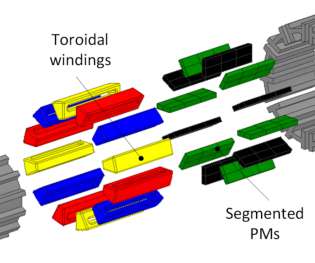
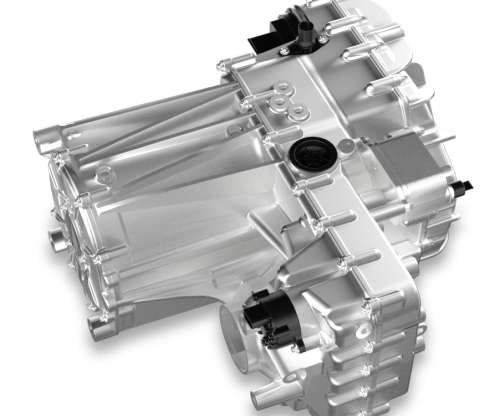
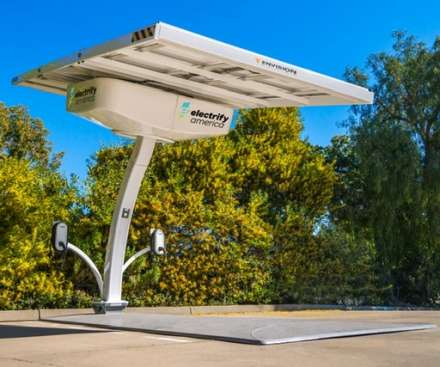


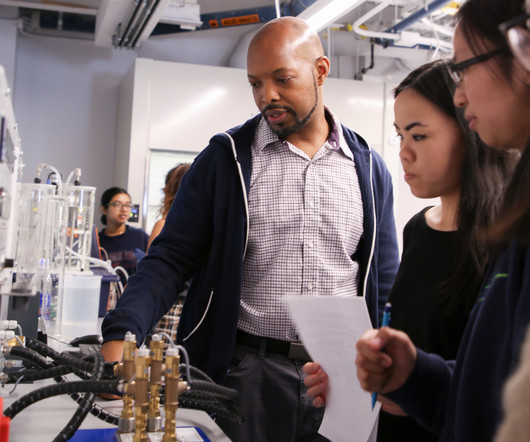
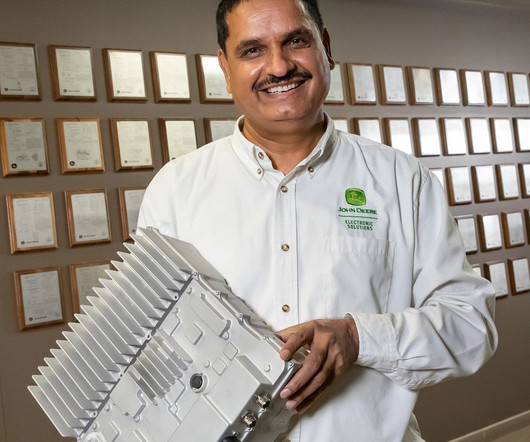
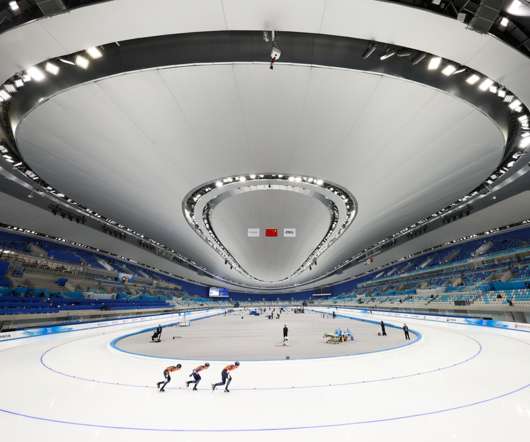



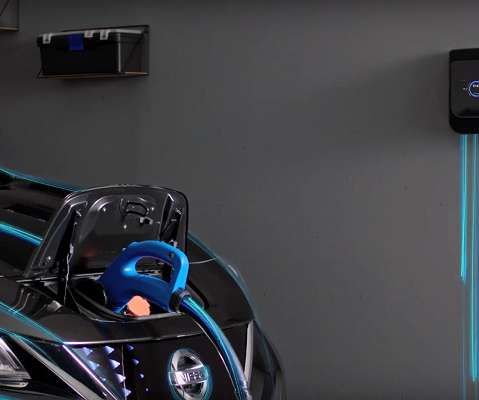





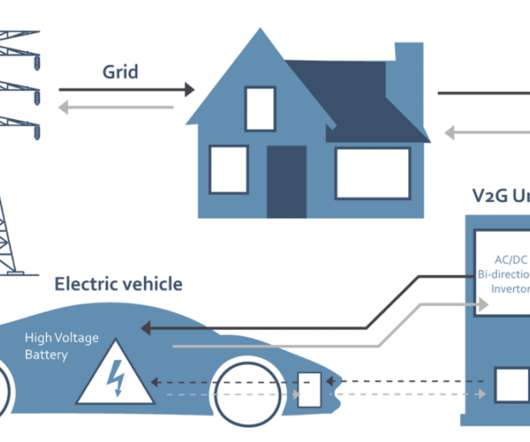

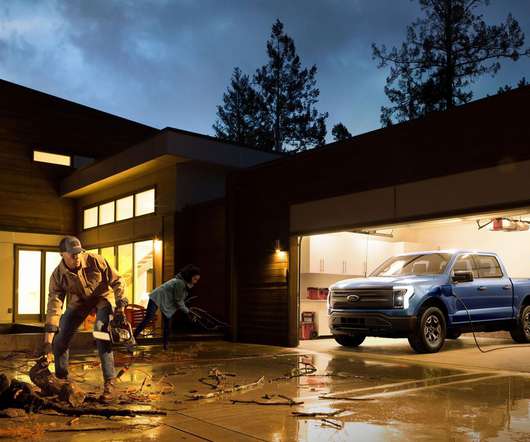









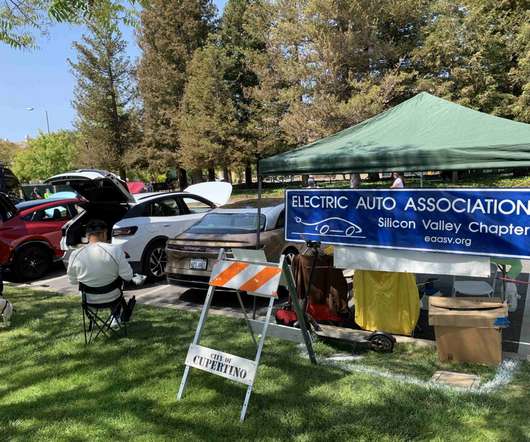











Let's personalize your content